
The high tech laser printer wouldn’t put any image whatsoever on the left end of a #10 envelope, even though the second semester senior ran it through time and again.
Everything on the screen showed all systems normal…positioning was well within live area, the envelope was fed into the right tray properly and a new bottle of toner awaited whatever images would be demanded.
So, he came to me, first asking if I knew what was wrong (no, I didn’t even know laser printers could print on converted envelopes without jamming), and if I knew of any other place that could print his self-promo logo on the end of an envelope, one for this Wednesday’s class an about 49 others for use in resume mailings for a job search.
Several calls to trusted service bureaus produced nothing. Screen process printing was a considered option (he had Serigraphy this semester), but we both knew nine point type would plug the screen after just three or four prints. Photocopying on a piece similar colored paper to be pieced on seemed…well, pieced on.
And, he just wouldn’t go away. It was as if he sensed I had some solution I hadn’t yet given him. It was one of those times I just wished I could hear the successful bottom line to the problem in a few weeks when I’d be looking at a handsome comp and hearing how he had resolved it on his own and learned a tremendous amount in doing so.
Finally, a light came on in my brain when he said he needed that small production run in addition to the supercomp. Letterpress—the oldest form of printing, whereby a raised, backward-reading plate can print on a smooth surface—sounded like a solution. I sent him to an Allentown printer who still ran letterpress jobs on an ancient platen press. Custom photoengraving, a zinc plate mounted type-high on a block of pine, could lay its image on the envelopes, one for supercomp needed in class, and 49 others to invest in job-getting. And, letterpress would make a reasonably low unit cost for the very small printing run.
The moral of the story…? Sometimes you need to know when to pick up a pencil or an X-Acto knife instead of a mouse. And, as a late 20th Century visual problem solver, you sometimes need to step back 100 years instead of the usual and expected forward.
-John K. Landis
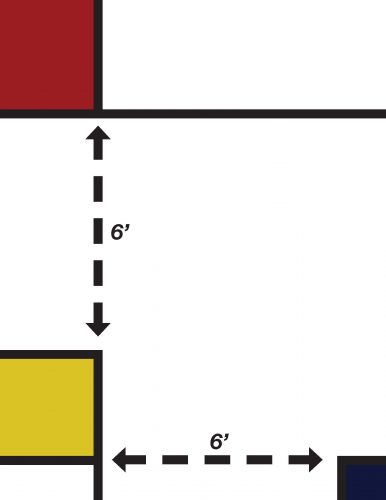
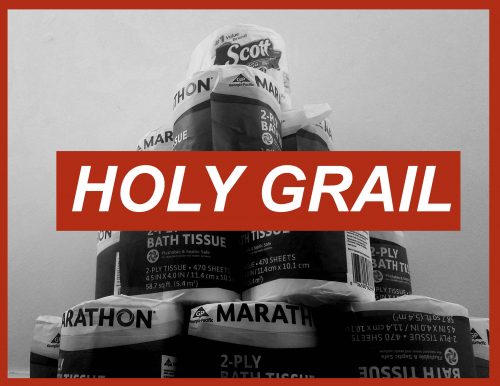
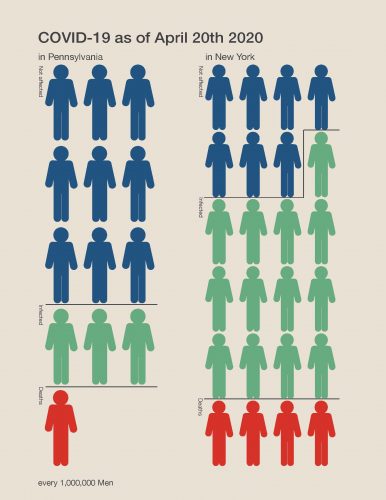
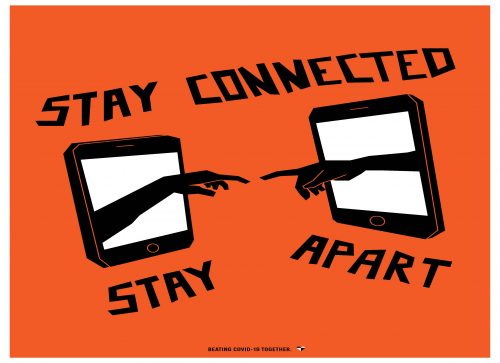

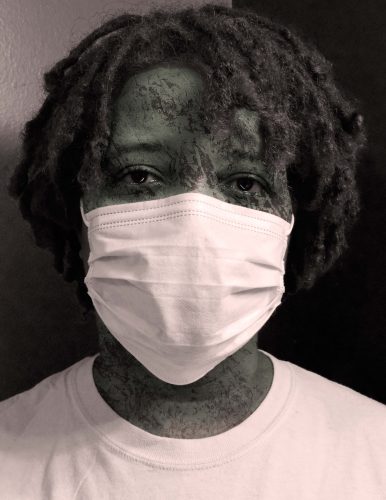



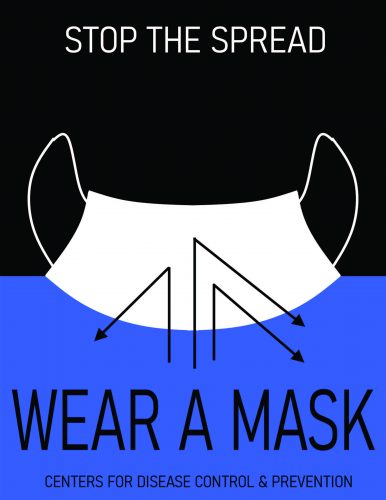

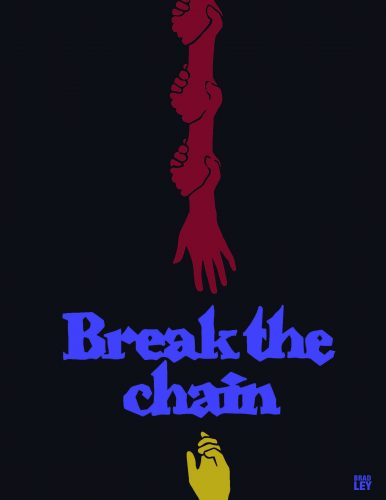
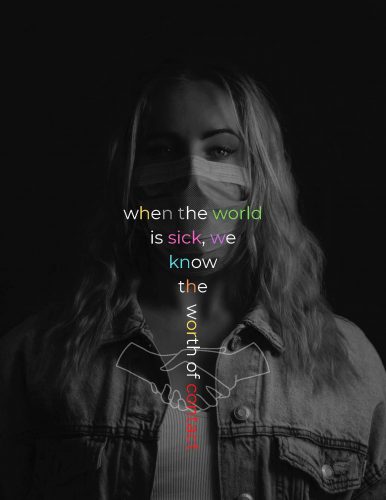
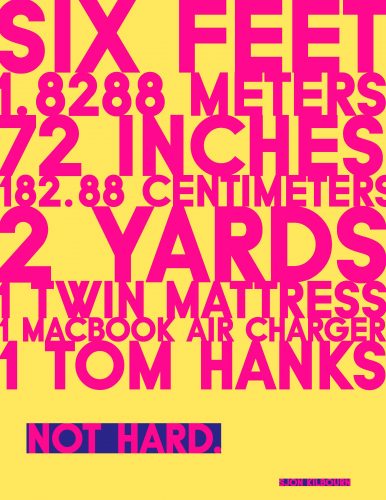
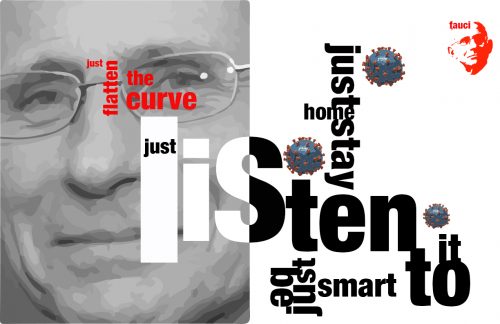
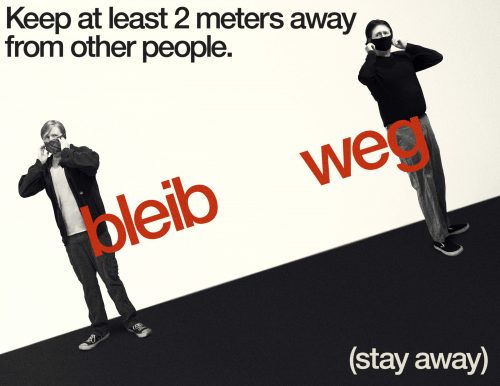
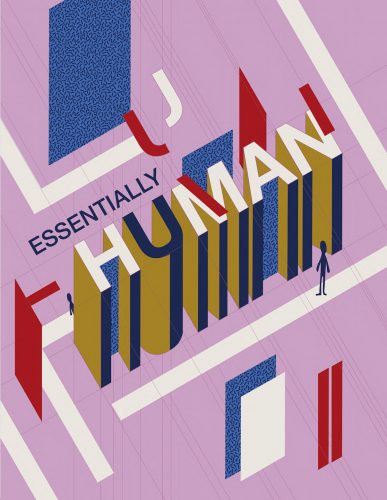
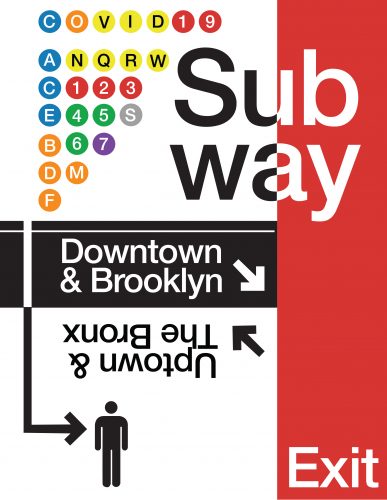
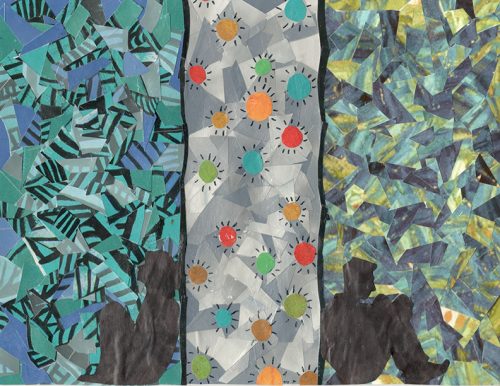
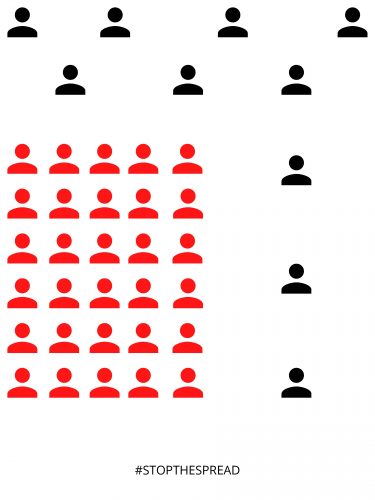
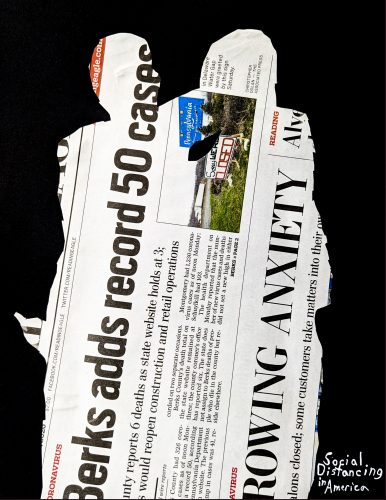
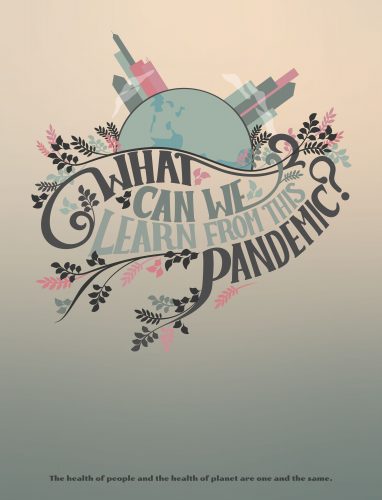

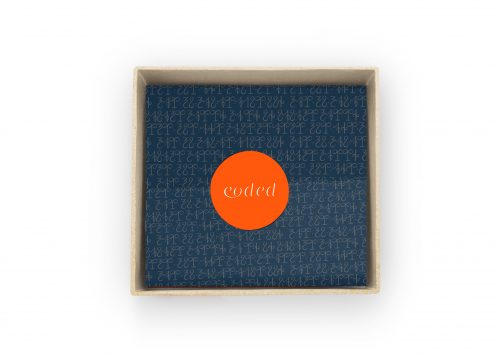
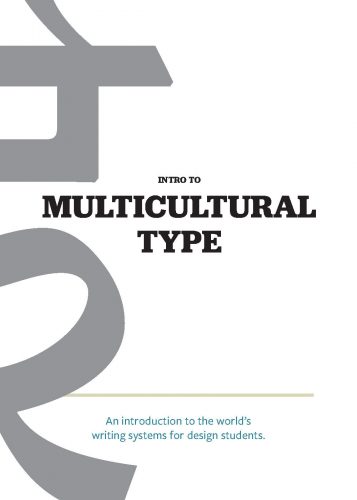


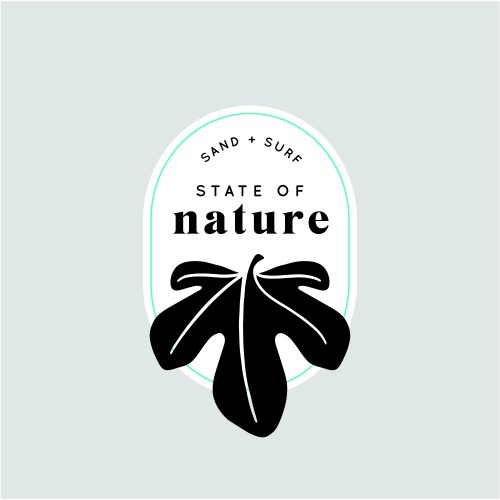
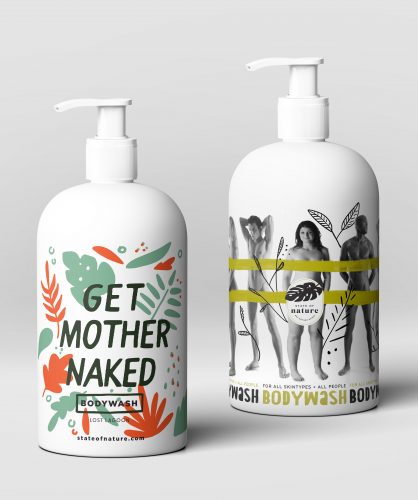
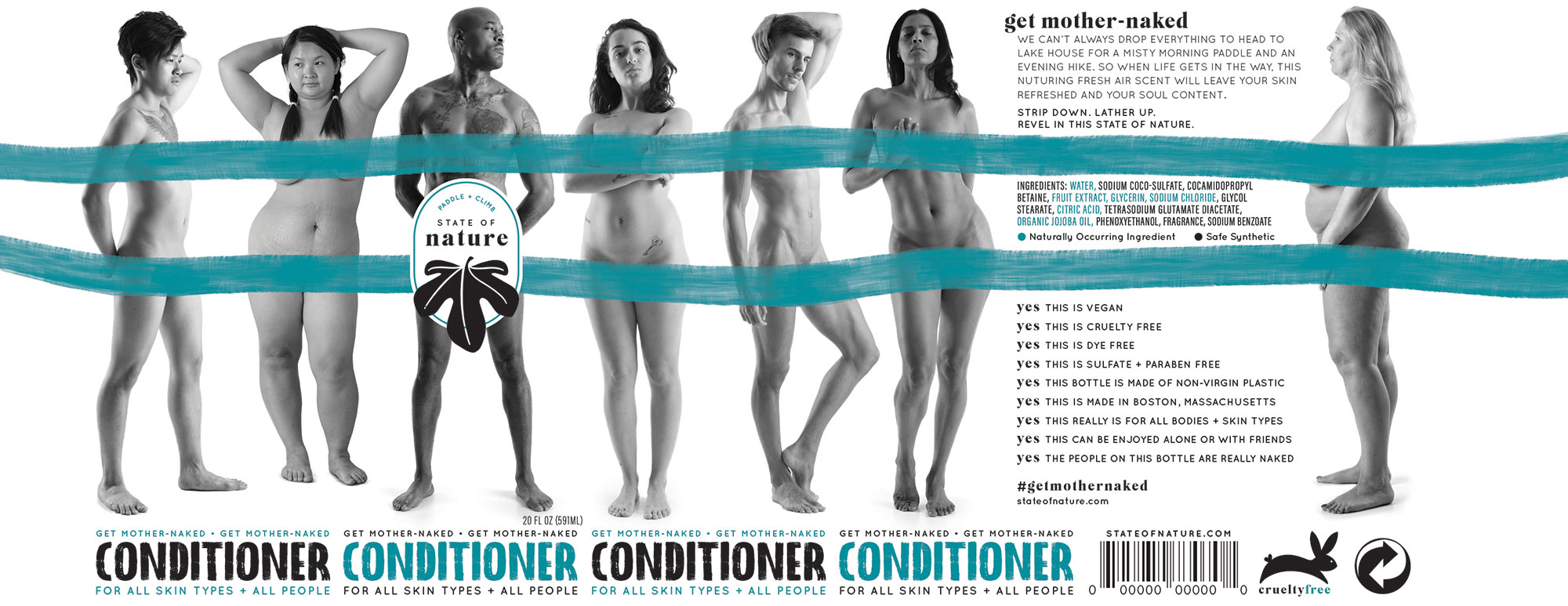



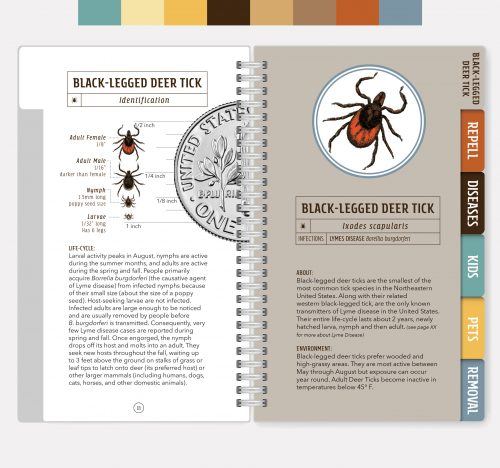
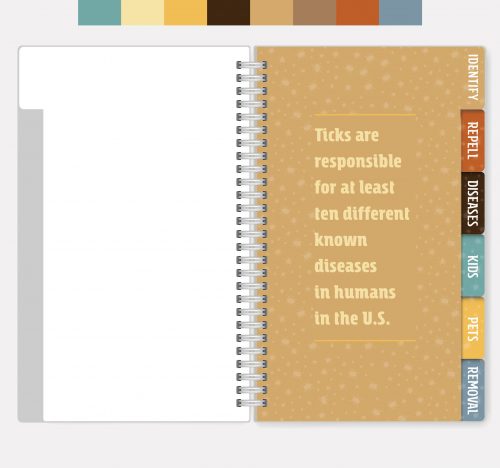

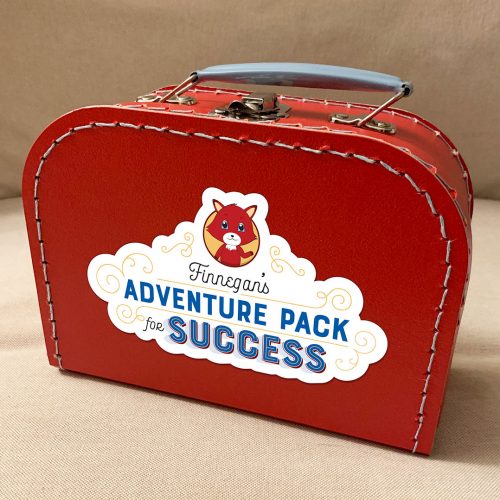


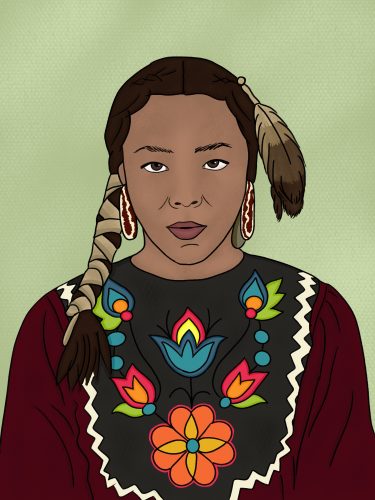
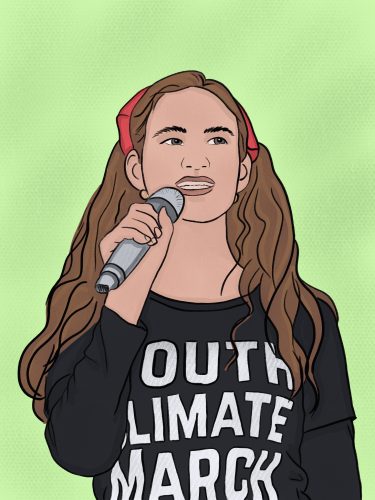
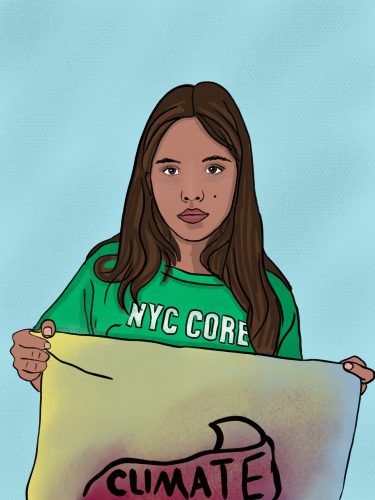
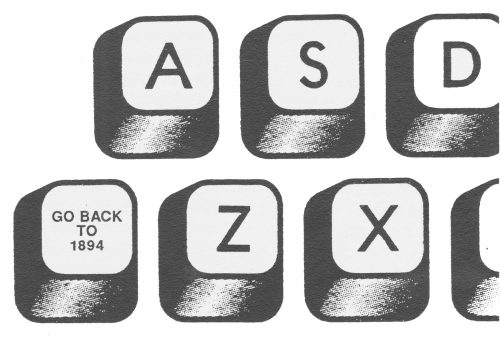

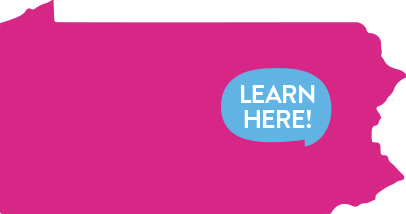

You must be logged in to post a comment.